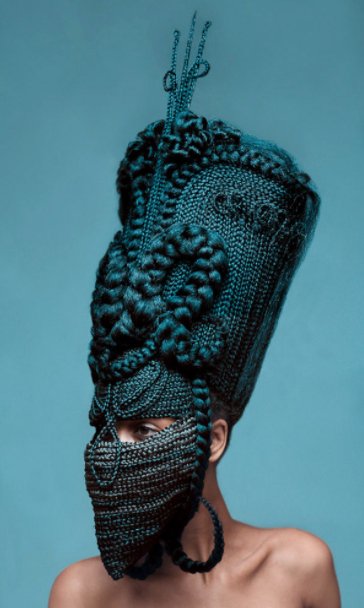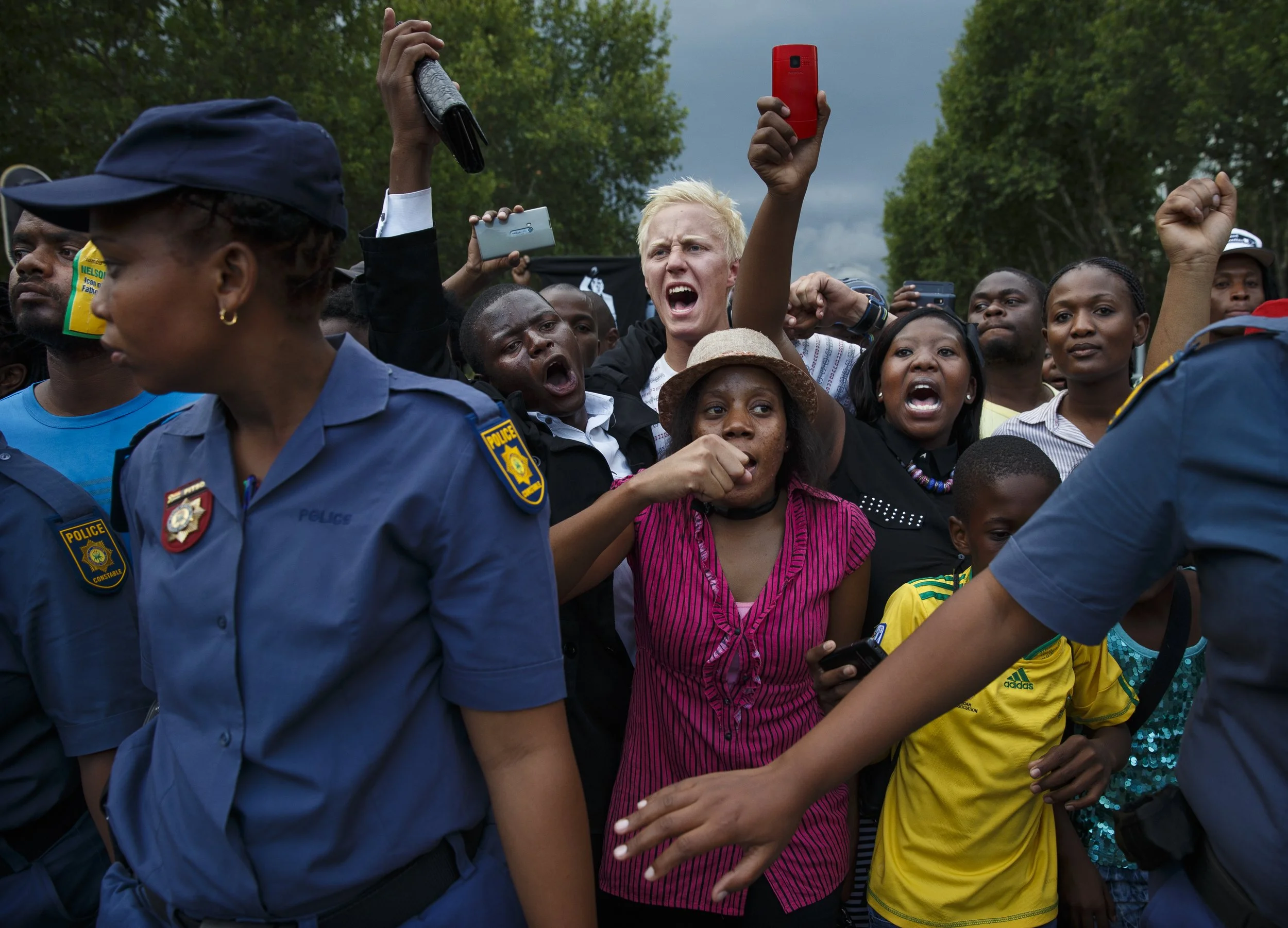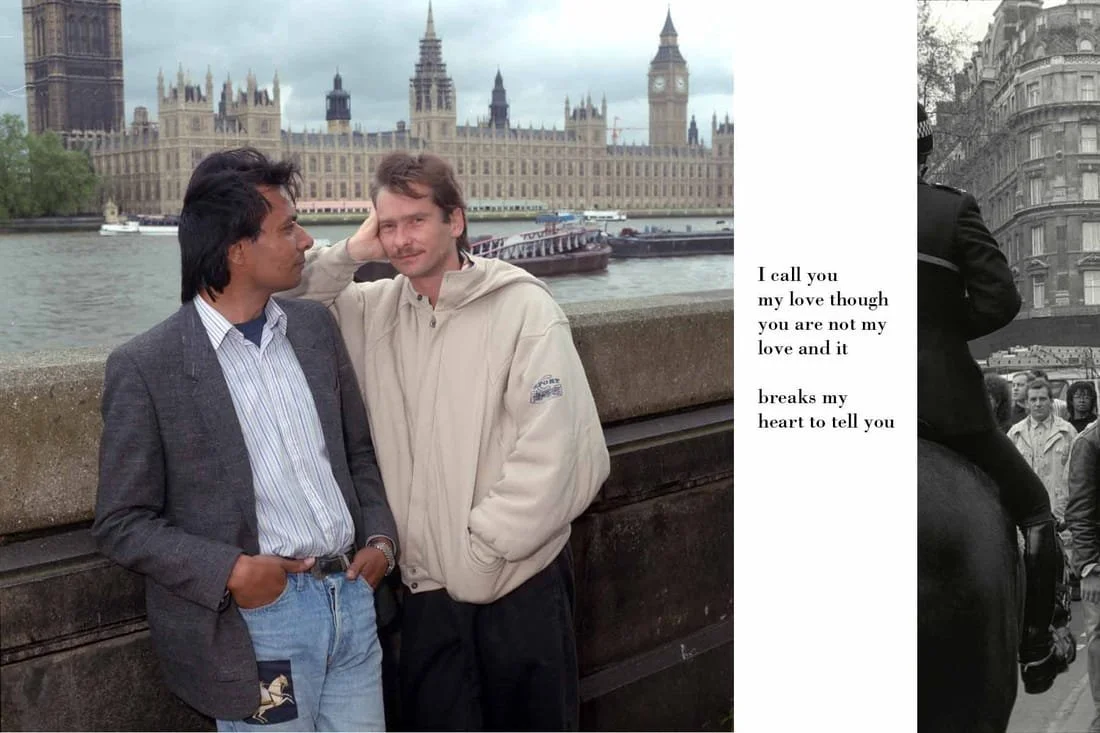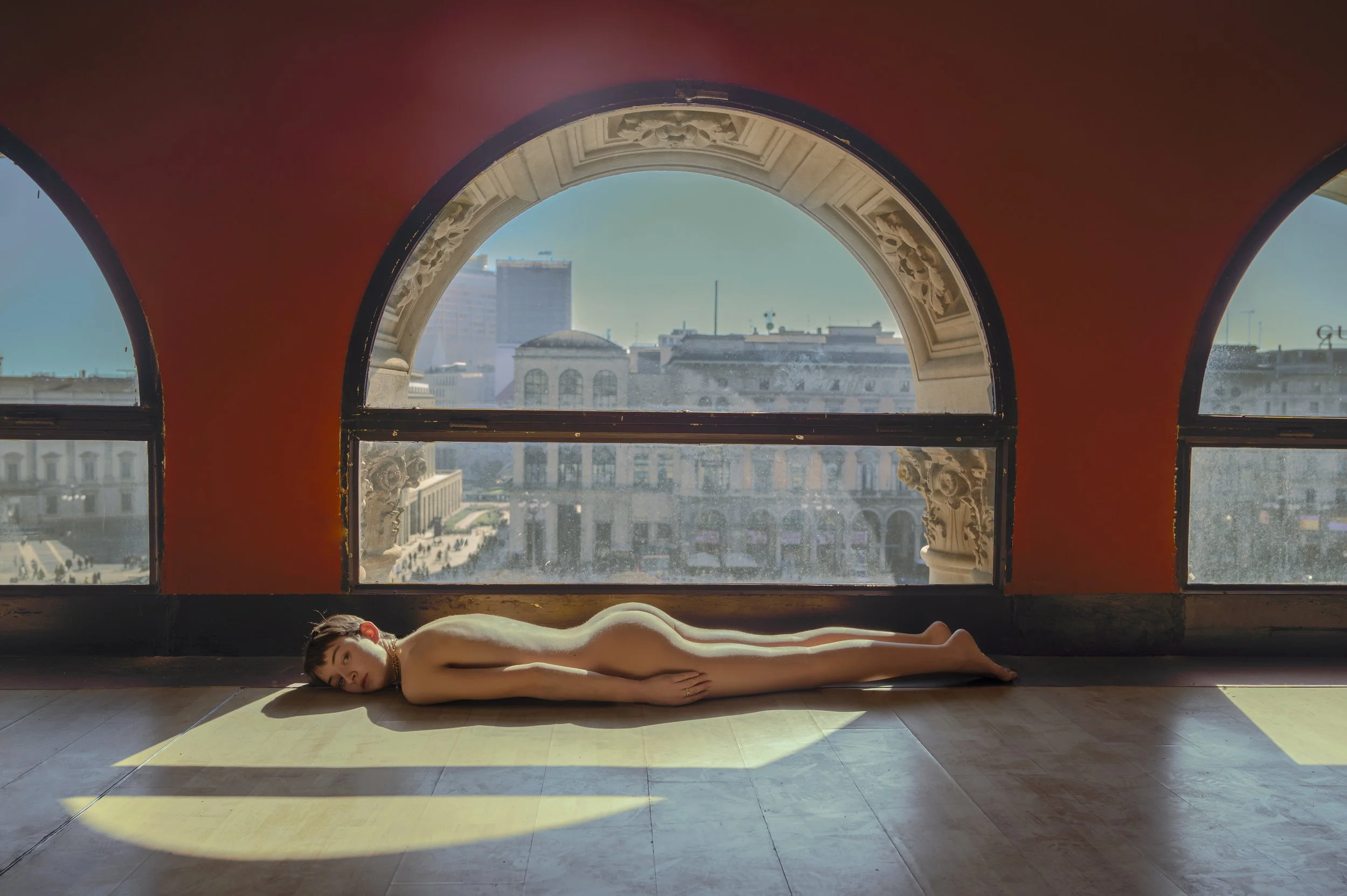Parallel Lines: Alessia Locatelli
Delphine Diallo Highness
F.B. The language of photography is still among the most contemporary, despite the growing popularity of other digital arts. What forms of photography do you find particularly exciting in our time?
A.L. Photography remains the visual moment, the pause within which contemporary narration moves freely. This does not imply that video is not equally relevant, moving photography is an extremely stimulating hybridisation that today shows interesting perspectives, mostly due to the technological devices we live with. However, the suspension given by that single frame in terms of narration and structure, by the story immortalised in a single shot yet open to any interpretation – and therefore open to objectivity as much as to objectivity – remains a magical element. More than cinema and more than video-art, photography maintains an extremely relevant component of the observer's vision, in a game between creator and user. While admitting all the problems involved with the image in movement – namely, advertising – among which the risk of not knowing how to distinguish images from photographs and the consequent risk of not knowing how to give each one the time it needs, photography remains the language that best narrates the contemporary without excluding its poetic side.
Among the most stimulating languages, documentary photography – which I don't feel like defining as reportage, since it has come to include the investigation of reality beyond its narration - narrates what is happening nowadays with a gaze that is always unique. A single theme can be addressed by each photographer in extremely different and equally valid ways.
Equally relevant is the conceptual language, which is going through a very complex period given the fast fruition that characterises our historical moment: the conceptual requires slow analysis times, but when read in the right way it transmits a very delicate aesthetic and speaks through assonances that reach extremely high narrative levels. It simply leads people elsewhere. When a project is backed by a strong and reasoned idea, however, the language chosen takes a backseat. What matters are the citations and colors brought together by the photographer.
© Daniella Zalcmann, Signs of Your Identity
F.B. Your words bring us back to the importance of the instinctual factor in photography, of the human capacity to reach beyond rational knowledge when following intuition. We often focus on the selection phase of a photographic project, but what happens between that step and the public exhibition is just as crucial. What forms does the curatorial role take in this phase?
A.L. Manet argued that the role of a curator is to find allies for a battle. In my more Ghandian approach to things, I am moving away from the war metaphor to say that the curator plays a role similar to that of orchestra conductor. He finds the best aspect to each musical instrument and understands when to bring it into play, so that the concert received by the audience is poetic and powerful. Clearly, technical knowledge is needed to relate to each of the professionals involved, from the printer to the installer, to the fundraising aspect, both private and public. The curator is a mediator who transmits the will of the photographer to the final user who must, with any level of visual experience and background, be able to read the photographic work on a semiotic level.
At the installation level, following the choice of a project, two main components are considered. The first is the evaluation of the design layout that best conveys the emotions behind a project to the public, beyond simply hanging two frames to a wall. It is essential to keep the viewer’s attention alive and guarantee an individual experience through tools such as the signature book, hashtags to interact with, 3D installations, but above the construction of a clear path through the project. It is fundamental to act through a psychological approach in the relationship with the photographer, starting from the moment of the choice of the photographs: clearly, the photographer struggles to select objectively those photographs that really reproduce the narrative to the eyes of the viewer. Curating is as much a question of respect for the work of the photographer as it is of respect for the various cultural backgrounds of the viewers with whom the exhibition interacts.
Since the 1980s, when we moved from conceptual art to hedonism, society has gradually abandoned the critical sense of discussion that allowed anyone to question and understand any form of art, only to return to a ready-made idea of art that made conceptual art unattainable to the eyes of many viewers. This generated a separation between art and its public, as witnessed by books such as Bonami's Questo lo potevo fare anch’io. The viewer felt so distant from the concepts in front of him that he began to mock them. But this is a problem stemming from the art, not from the spectators: it is its failure to inform the public. It is precisely in this perspective that managing an exhibition becomes the most relevant step in an attempt to reconnect with people by making the concept behind a photographic work legible. In this way, visitors to an exhibition can make the mental tools provided in an exhibition their own, they can make these tools a mechanism of reasoning in everyday life. By achieving this goal, I would consider myself satisfied.
F.B. In a sense, the curator takes on the role of reconnecting the public with the art generated in their time. However, in addition to your curatorial role, you also work as Artistic Director of the International Biennial of Female Photography. In such context you get to discover the highest expressions of contemporary photography. Why is there still a need for an occasion dedicated solely to women photographers nowadays?
A.L. The need for a Biennial of Women's Photography stems from a very practical need: that of having only 20% of women in the field of professional photography, though departing from a level of schooling that instead sees 50% of women graduate. There is a huge gap in the transition between the academic and the working environment. The reasoning for us stemmed from the field of professional photography, but the same situation can be witnessed in many professional fields. The same discourse, a few years earlier, was elaborated by the Bracco Foundation in the scientific field. The starting point is similar, as at the scientific level such gap is found in particular in the media diffusion of science: most of the interviews and testimonies collected in the industry are by men. In the West we still find ourselves living in what is a mostly male vision, which although often does not oppress us, certainly brings us to think. That being said, the Biennial aims to be anything but a ghetto, quite the contrary actually. Over the next few years we aim to overturn the percentage by involving 20% men, as opposed to the 80% as normally witnessed. It is an extremely inclusive vision that fits into a stimulating and transversal context, but above all an international one. What we are aiming at is to bring to Italy authors who are already well known internationally, since many of them have never had a personal exhibition in Italy.
LVY NJIOKIKTJIEN BORN FREE
F.B. The selection of photographers to exhibit already shows that the Biennial will be a wonderful opportunity for comparison and discovery, but above all a door to a cultural rather than commercial photographic environment. From the perspective of a young photographer, what differences should be kept in mind when approaching these two different fields?
A.L. First of all, the cultural and the commercial fields are not mutually exclusive. Every photographer hopes to leave his or her mark in the history books of the future. Be curious first! This is what differentiates an artist from a mannerist. Certainly, particularly in a country where funding opportunities are scarce, it would be a mistake to overlook commercial opportunities. That said, it would be equally erroneous to forgo your own research work, for how less marketable it might be. Follow every input! Don’t be discouraged by the few feedbacks, as even simply being shortlisted in a contest is a success in itself. Of course, the ideal situation would be to identify photographs and gray areas in your personal research which are also sellable, and this often happens with the help of a curator. One way to achieve this compromise is to keep a portion of one's research more legible and aesthetically pleasing, conveying the story behind it so as to intrigue collectors. Let's not forget that collecting also stems from a desire for material possession, thus the material quality of the print remains at least as important as the project story, which completes the appeal. In any case, both fields are complex and delicate. What helps in both cases is participating in foreign contests, but also taking part in a residency abroad. Italy remains an extremely foreign-oriented country, so the courage to accept such situation gives back the opportunity to be seen with fresh eyes.
The second edition of the International Biennial of Women's Photography will take place in Mantua from March 3rd to 27th, 2022, with great exhibitions of Italian and international female photographers and many other accompanying initiatives, including an Open Call for the Off Circuit, Portfolio readings, workshops, book presentations, lectures and screenings. This special edition revolves around Legacy, a term that sums up several concepts: it involves Inheritance and everything we create to be passed on to future generations. Following the opening weekend from March 3 to 6, every weekend until March 27 will be constellated by collateral events and meetings.










